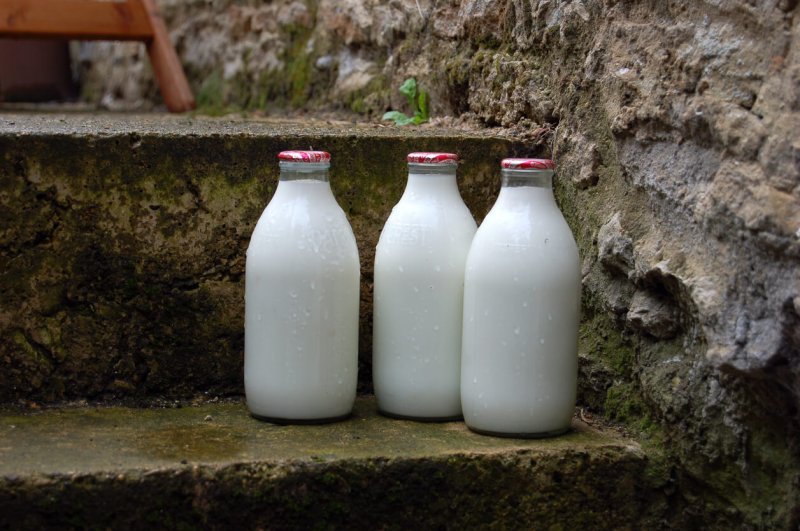The human ability to digest the milk sugar lactose after infancy spread throughout Central Europe in only a few thousand years. This is the conclusion reached by an international research team led by Johannes Gutenberg University Mainz (JGU). The researchers analyzed genetic material from the bones of individuals who had fallen in a conflict around 1200 B.C. on the banks of the Tollense, a river in the present-day German state of Mecklenburg-Western Pomerania, and reported their findings in Current Biology recently.
The researchers found that only around one in eight of the assumed warriors had a gene variant that enabled them to break down the lactose in milk. “Of the present-day population living in this same area, around 90 percent have this lactase persistence,” explained population geneticist Professor Joachim Burger.
“The only way to explain this difference between these Bronze Age people and those of today is very strong natural selection,” emphasized biologist Professor Daniel Wegmann of the University of Fribourg in Switzerland, who also played a leading role in the study. “We conclude that over the past 3,000 years, lactase-persistent individuals had more children or, alternatively, those children had better chances of survival than those without this trait.” The researchers calculate a remarkable selective advantage: “In each generation lactase-persistent individuals have a six percent greater chance of surviving to reproductive age than non-lactase-persistent individuals,” added Professor Joachim Burger.































